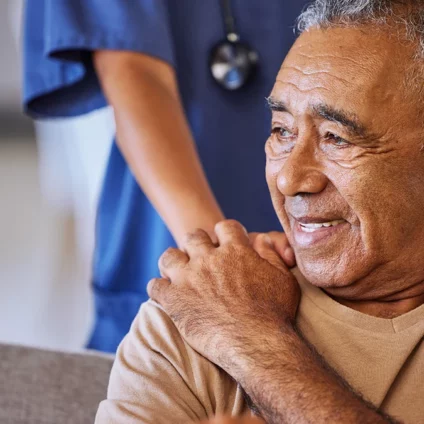Patients
 Read more
Read moreAt Galapagos, we see each clinical trial as a milestone on our journey to bring life-changing treatments to the people who really need them.
Clinical trials are medical research studies that help to find out whether a treatment works and is safe for use before it can be distributed to the whole population. Regulatory agencies review the results from these clinical trials and make an independent decision on whether a treatment can be approved for use. All Galapagos clinical trials are performed according to government regulations that are in place to help protect the rights of anyone taking part in a clinical trial.
Read our glossary to see a definition of other commonly used clinical trial terminology.




Phase 1 clinical trials:
Phase 2 clinical trials:
If the results from the Phase 1 and 2 clinical trials are positive (they have passed safety checks and have shown evidence the treatment may work), then Phase 3 clinical trials will take place. Here, the treatment:
These are the clinical trials that are typically used to register a treatment with medical authorities who might approve the treatment for use.
Phase 4 clinical trials:
Each individual’s clinical trial experience is personal to them. Hear what it’s like to take part in a clinical trial from different perspectives, including people’s thoughts and feelings throughout the process, and any advice they have for those considering whether it might be an option for them.
Thank you to Garry, Lisa, Ron and Maxine for sharing their stories.
The experience of participating in a clinical trial might be different from one person to another.


